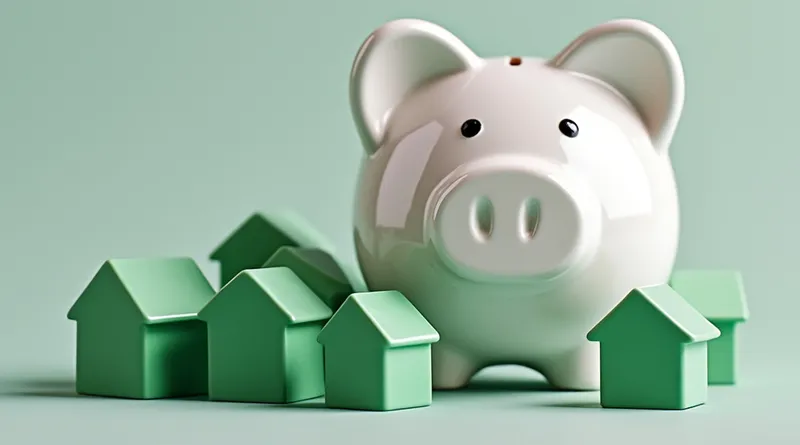
In the previous article in this series, we’ve talked about diversifying with bonds. Now, we’ll discuss one of the most popular diversification strategies: real estate.
Owning real estate can also be a good investment. However, there are also a few crucial downsides.
When investing in a home you’re planning to live in with your family, the decision is often emotional, and it brings comfort and security to your family, can have tax benefits, and doesn’t involve work in renting it out.
But suppose the real estate investment is not for your home but for generating a profit. In that case, the math of the investment is essential.
Investing in real estate generates a return in 2 ways: rent and appreciation.
Like with any asset, the purchase price is critical for the viability of the investment. A traditional rule states that a fair price for a property is 80% of the rent earned for a 15-18 year period; some investors are even more stringent with the “1% rule,” where the purchase price should not exceed 100x the monthly rent. Even if you focus more on value appreciation than rent, any future buyer will likely focus on the potential rent yield, so overpaying when purchasing will reduce your future return. What if the market is so expensive that it doesn’t allow such deals? Then, the diversification into real estate should be postponed until good deals are available.
After you buy the home, you also have to do regular maintenance and potentially remodel it to make it attractive to renters. This costs money and also requires a lot of your attention.
Occasionally, you’ll have renters leave, which results in a loss of income and money & time invested while finding new renters. Insurance and taxes are also something you need to plan for.
Financially, even for good deals, the downside is that it’s a sizeable singular investment; you can buy stocks for $100, but a house is a big-ticket item. The same applies to selling that investment; it’s an all-or-nothing transaction.
Taking a loan is an option, but that has its own risks. At a 6.8% APR rate over 30 years, for each $100k you take a loan for, you’ll pay back $235k in total. The bank does not care if you have a renter or if the market price dropped by 50%. They have a guaranteed return from you, and if you don’t pay your mortgage on time, they’ll foreclose on your property.
In the 2008 financial crisis, many small real estate investors who were overleveraged with multiple properties were wiped out. The “black swan” of the real estate prices collapsing was something none of these investors even considered.
So, if you decide to go into debt to make a real estate investment, make sure you can pay the monthly mortgage even if you don’t have a renter. Afterward, try to pay down the principal early or make sure your other investments yield a return higher than the interest rate on the mortgage and build them up to a value higher than the principal owed.
In conclusion, real estate can be a good investment if you do your math, buy at a fair value, don’t take on debt, and understand that real estate is not a passive investment but will require your time and focus.
Although it’s an attractive investment for inexperienced investors because it’s simple and tangible, stock investments are a much better option in the early days, and diversifying into real estate should be done later.